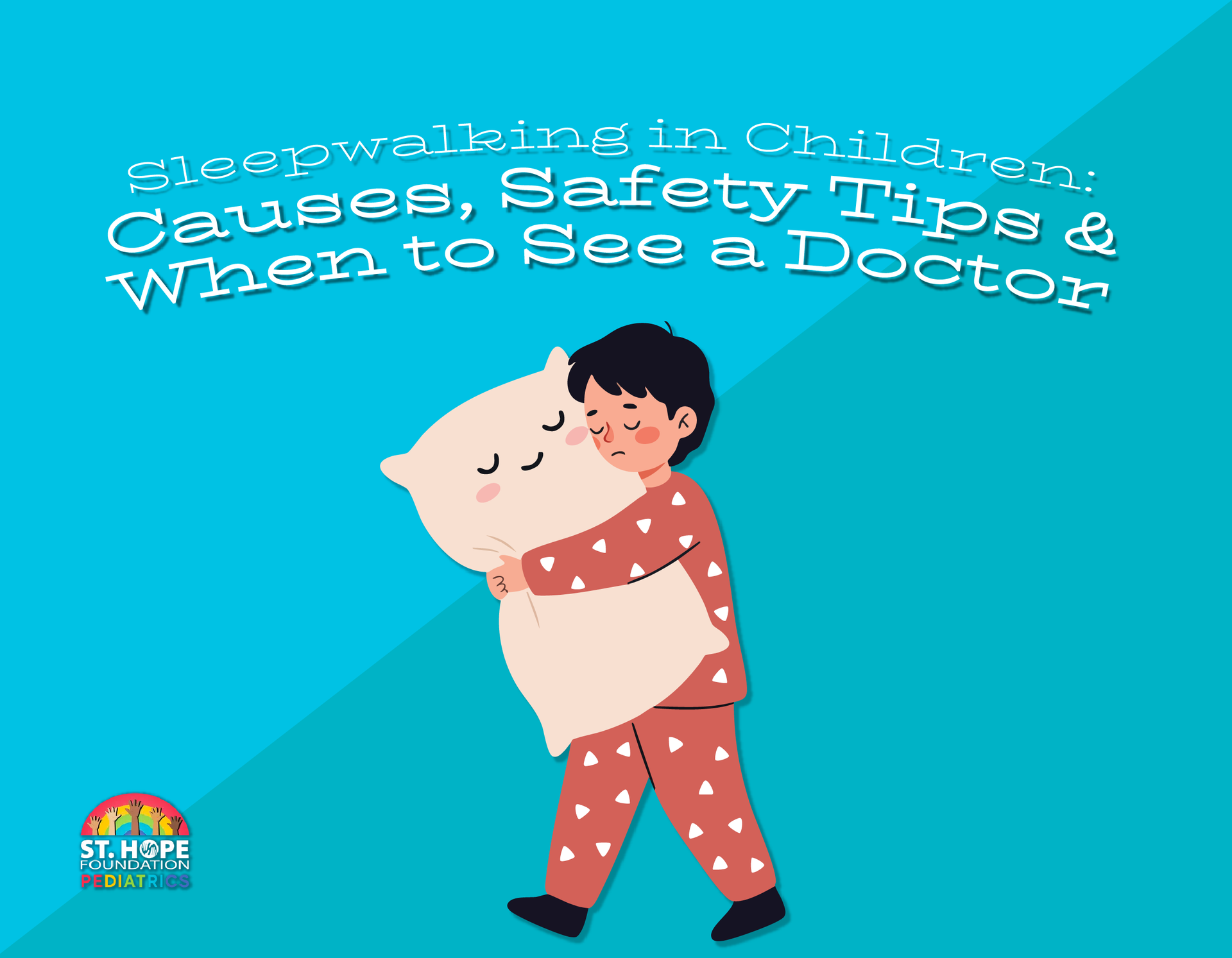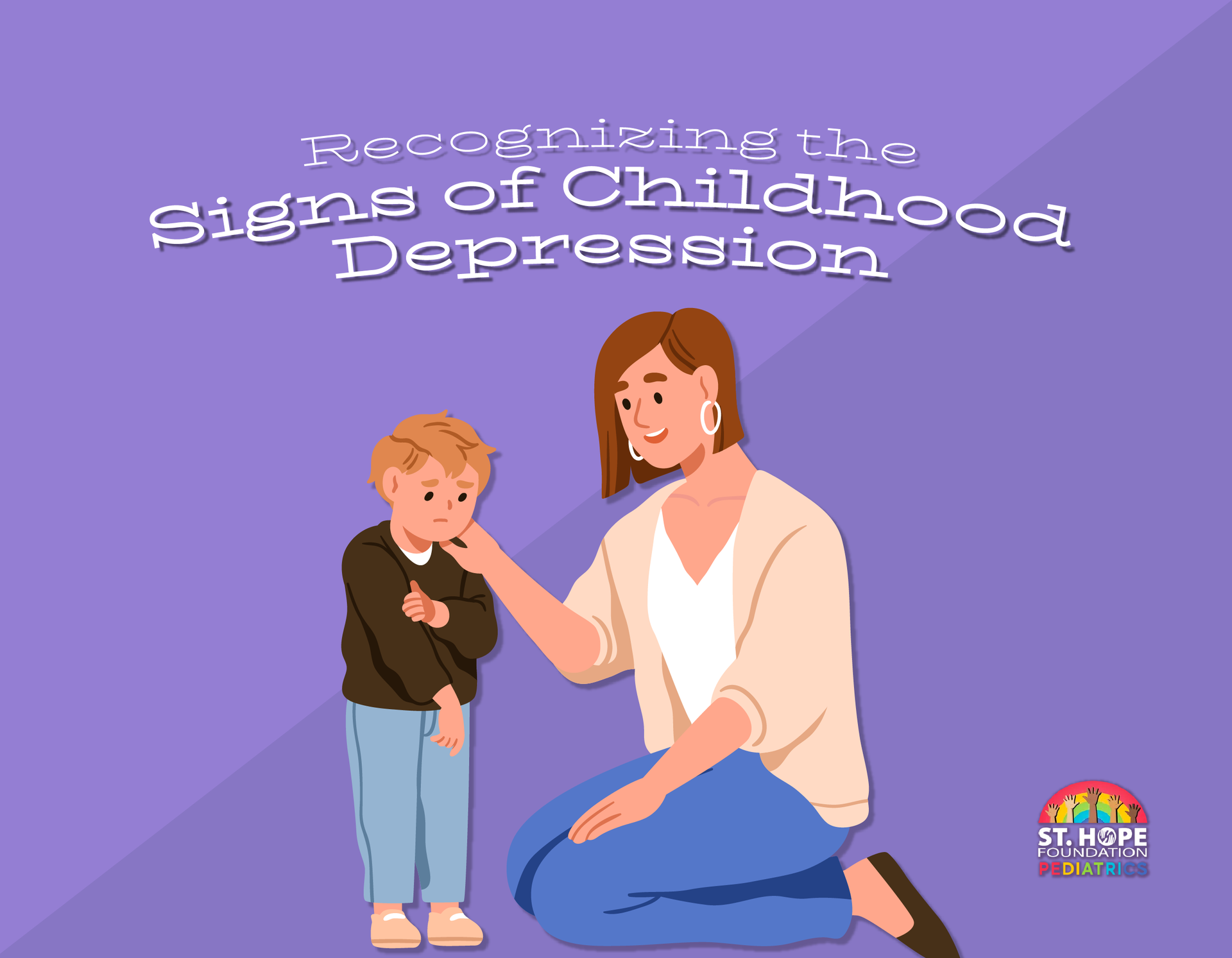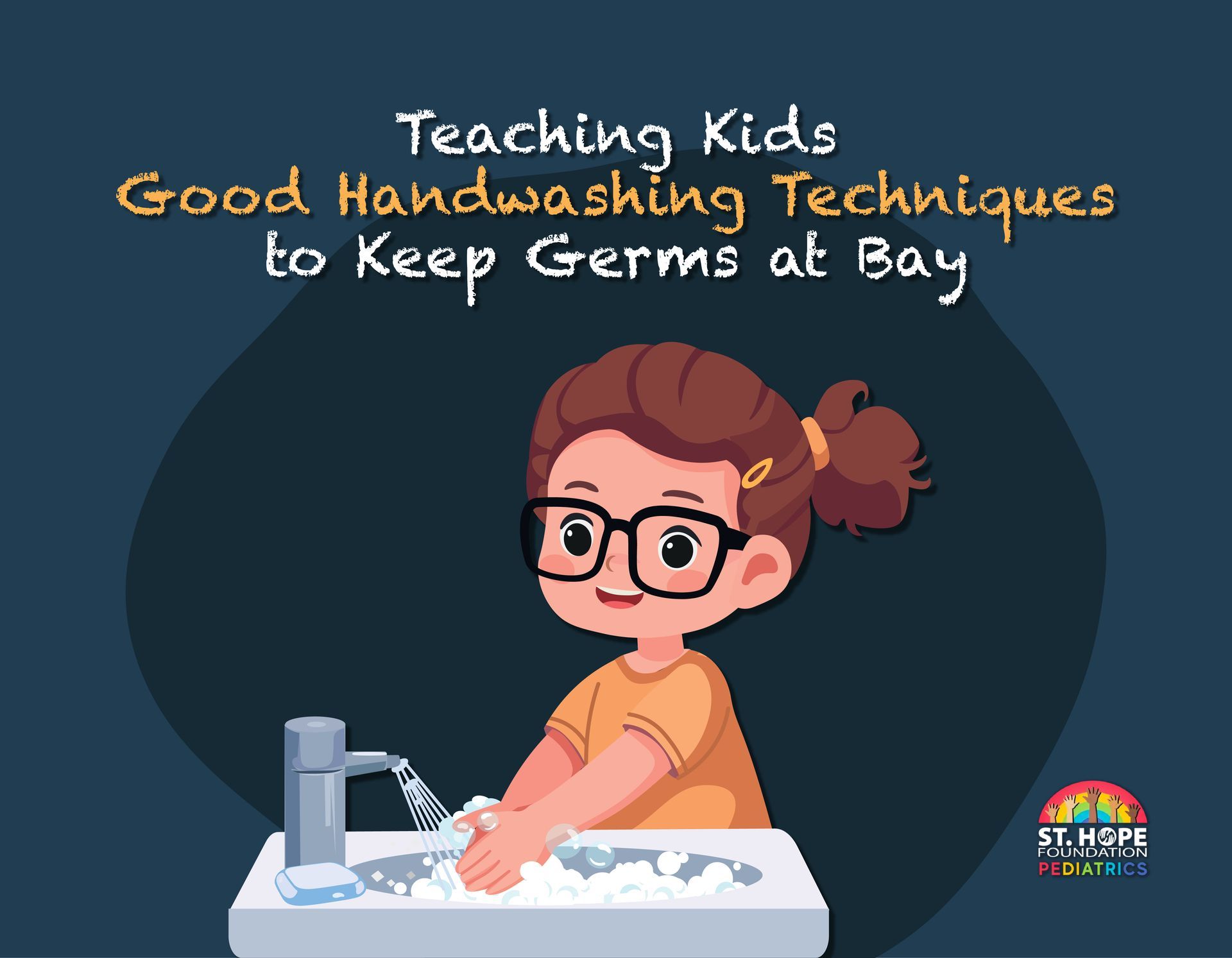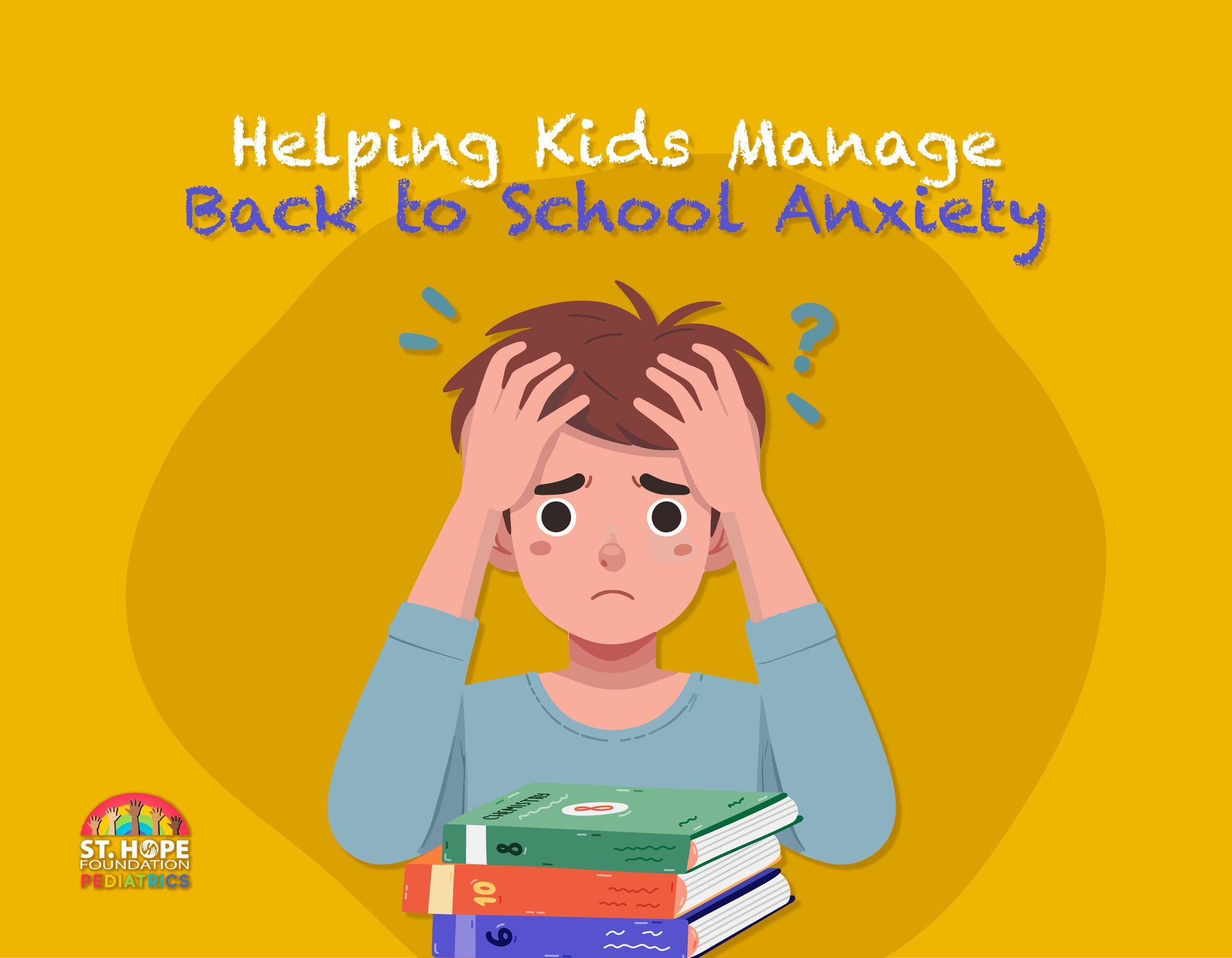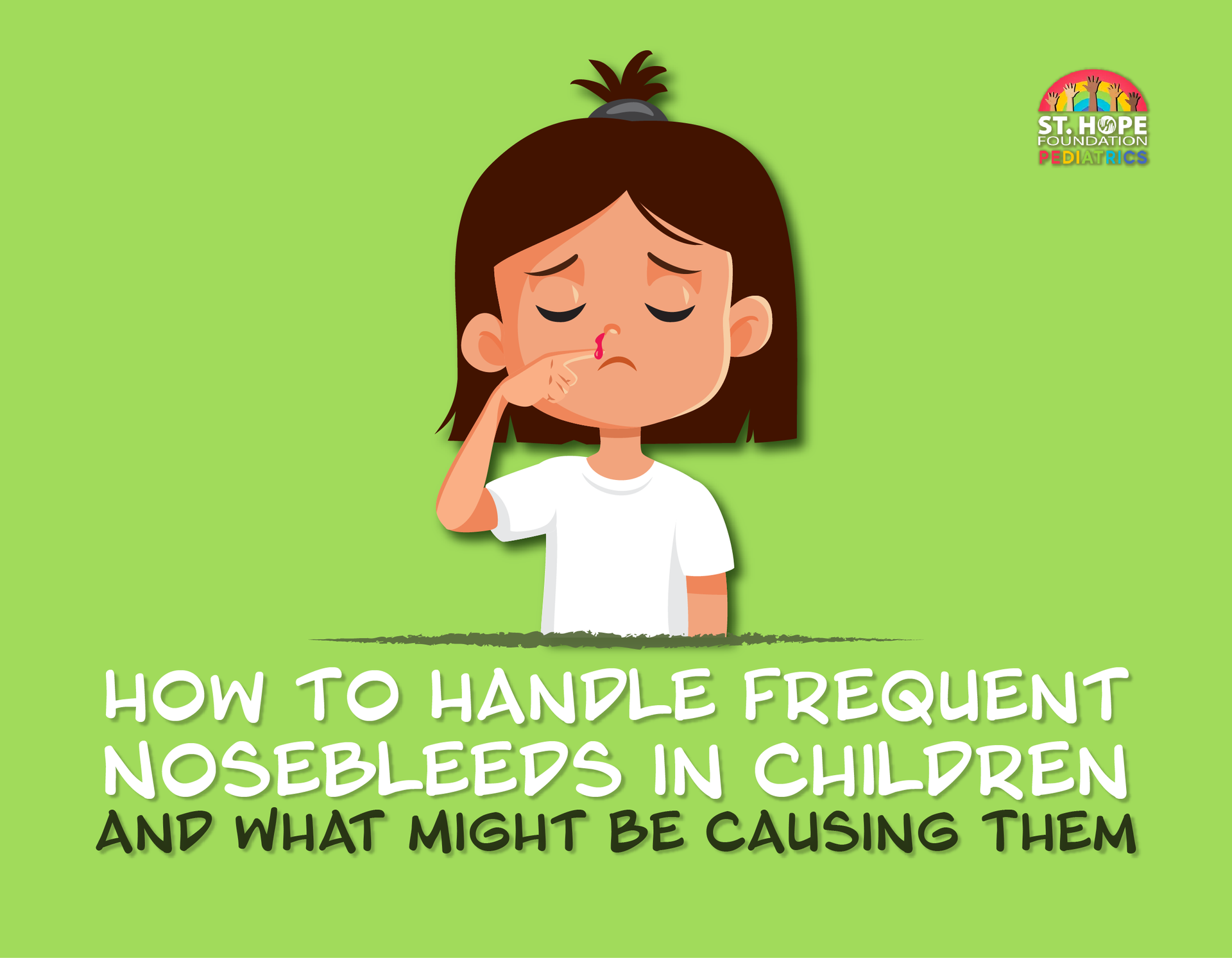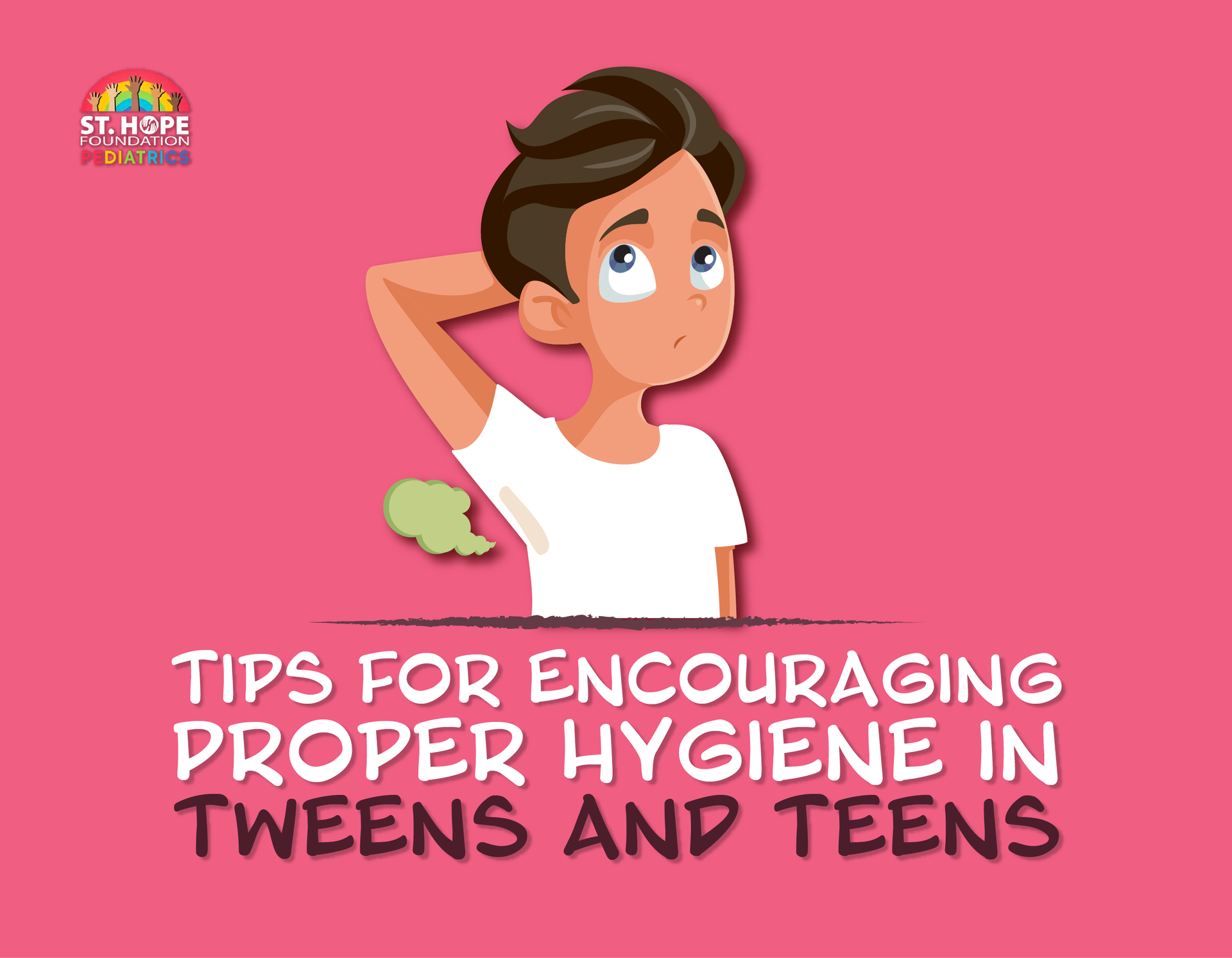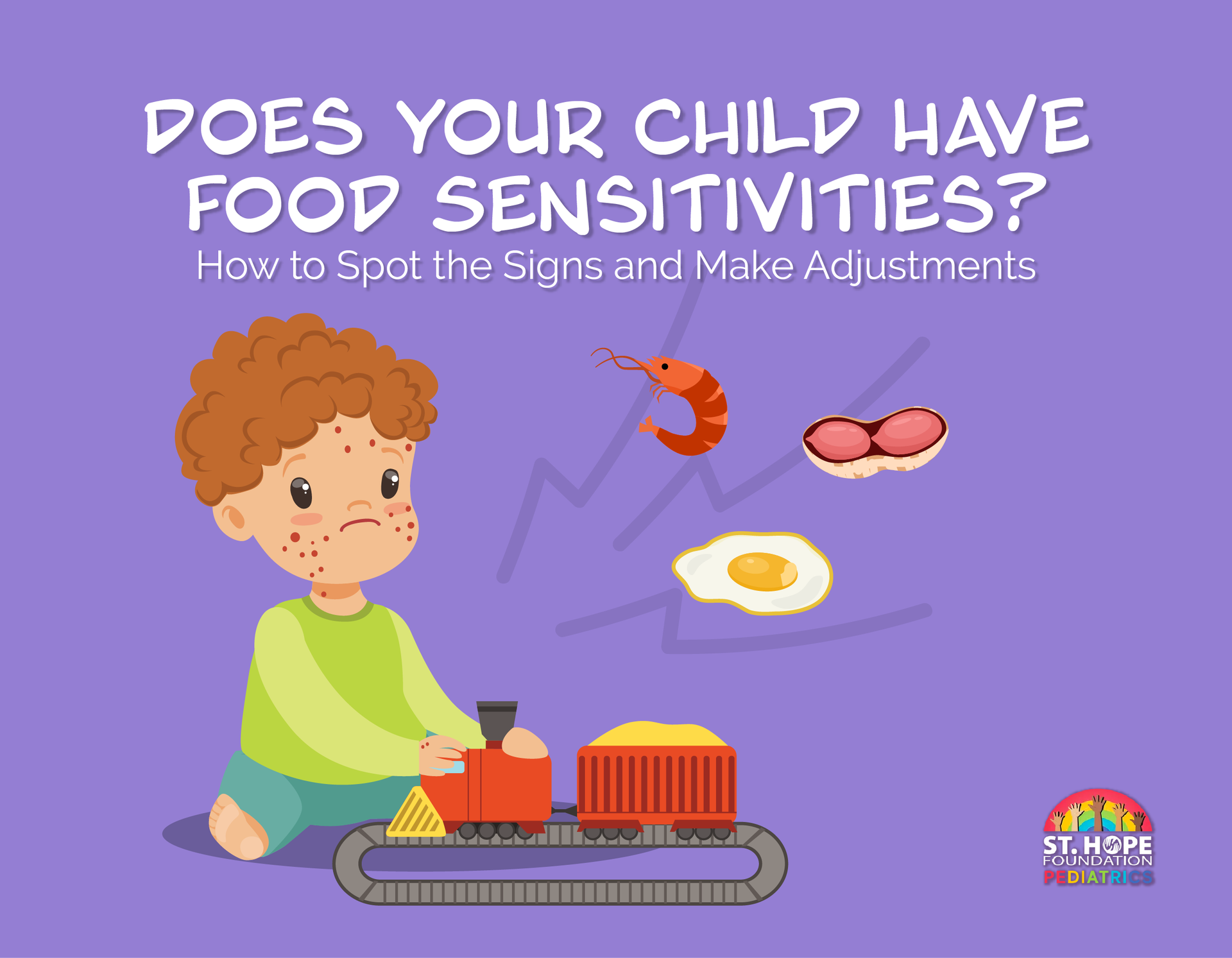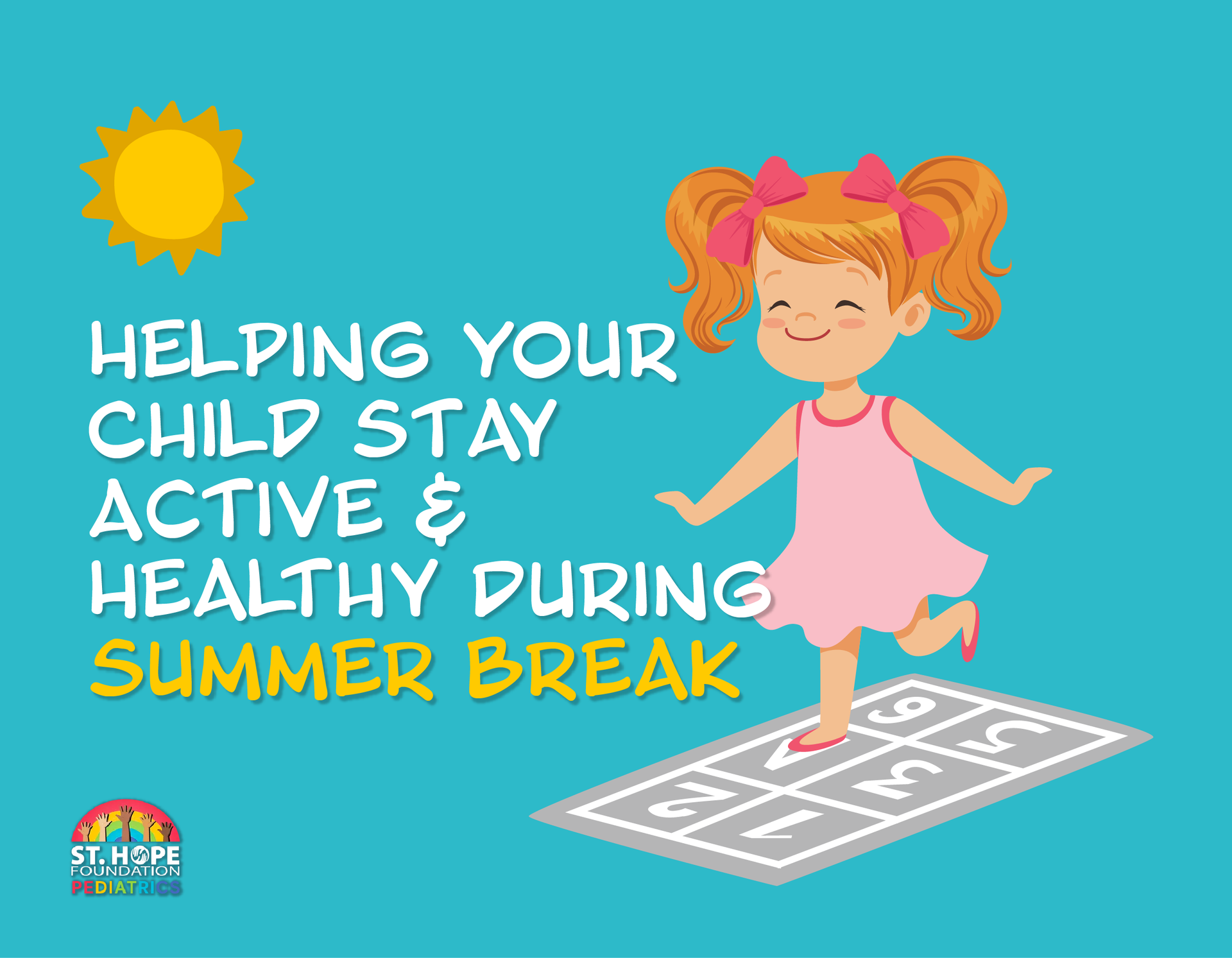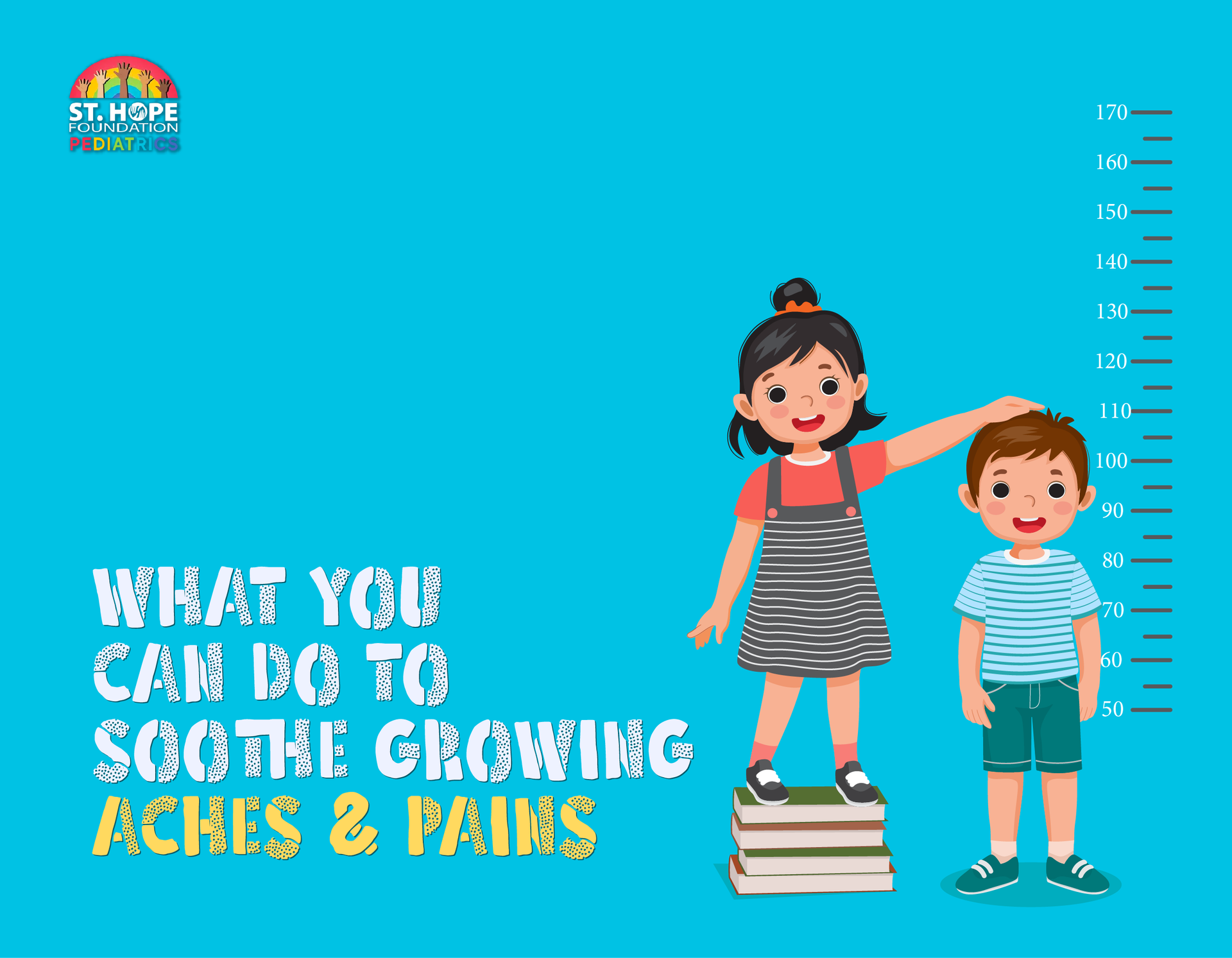
As children grow and develop, it’s natural for parents to worry when they hear the familiar phrase: “My legs hurt!” While there are many causes of childhood discomfort, one of the most common and least dangerous is what’s often referred to as growing pains.
Despite the name, growing pains aren’t actually caused by growth. They’re more likely the result of muscle fatigue or overuse from active play.
What Are Growing Pains?
Growing pains are recurring aches or throbbing sensations, typically felt in the legs, especially in the shins, calves, thighs or behind the knees. They most commonly affect children between the ages of 3 and 12, and often occur in the evening or at night, sometimes even waking children from sleep.
Despite the name, there’s no solid evidence that these pains are directly caused by physical growth spurts. Instead, they may be related to increased physical activity during the day, muscle fatigue or even normal stress on bones and muscles as children become more active.
Common Signs of Growing Pains
Growing pains can vary from child to child, but typically include:
● Aching or throbbing in both legs
● Pain that comes and goes, sometimes abating for days or weeks at a time
● Discomfort that worsens in the evening or at night
● Pain that does not linger into the morning
● No visible signs of injury, swelling or redness
● Normal physical activity and energy during the day
It’s important to remember that growing pains don’t cause limping, fever, joint swelling or persistent pain. If any of those symptoms are present, it’s time to consult a pediatrician.
What Causes Growing Pains?
The exact cause is unknown, but doctors believe it could be due to:
● Overuse of muscles during play, sports or running
● Minor muscle strains not related to serious injury
● Poor posture or biomechanics
● Children with lower pain thresholds may experience more discomfort from typical daily activities
How to Soothe Growing Pains at Home
1. Massage
Gentle rubbing or massaging the sore area can help relax muscles and ease discomfort.
2. Stretching Exercises
Light stretching before bed can reduce the chance of pain waking them at night. Your pediatrician can recommend simple, safe stretches for your child’s age and flexibility level.
3. Warm Compresses
Applying a warm heating pad or warm towel to the legs before bed can help reduce muscle tension. Just be sure it’s not too hot, and don’t leave heating pads on while your child sleeps.
4. Warm Bath
A calming bath before bedtime can relax both muscles and nerves. Plus, it can become part of a soothing bedtime routine.
5. Over-the-Counter Pain Relief
Occasionally, your pediatrician might recommend children’s acetaminophen or ibuprofen if the pain is intense or affecting sleep. Always follow the dosage instructions and check with your doctor if you're unsure.
6. Supportive Footwear
Proper shoes with arch support can help prevent unnecessary stress on growing muscles and joints, especially if your child is very active during the day.
When to Call Your Pediatrician
While growing pains are common and typically harmless, you should contact your pediatrician if:
● The pain only affects one leg or joint
● There’s swelling, redness or warmth at the site
● Your child is limping or refuses to walk
● The pain is present during the day, not just at night
● Your child has a fever, rash or unexplained weight loss
● The pain worsens over time or doesn’t improve with home care
These symptoms could signal something other than growing pains, such as an injury or, more rarely, a condition like juvenile arthritis or an infection.
Growing Pains Are a Normal Part of Development
Though they can be distressing for both children and parents, growing pains are usually just a temporary and benign part of childhood. Most kids grow out of them by their early teen years. With a little comfort and care, you can help your child get through the discomfort and back to the joys of being active.
The most important thing is knowing the difference between typical growing pains and signs that require medical attention. Having a pediatric provider you feel comfortable turning to when questions arise helps.
Trust St. Hope Pediatrics to Support Your Child’s Growing Needs in Houston
At St. Hope Pediatrics, we know that growing children come with growing concerns. Our compassionate providers are here to help you navigate every stage of your child’s development, from everyday discomforts like growing pains to more serious health issues.
Whether it’s your first-time parenting or your fifth child, we’re your partner in keeping your kids healthy, happy and thriving. Schedule your child’s wellness visit or speak with a pediatric specialist today by calling (713) 778-1300.

